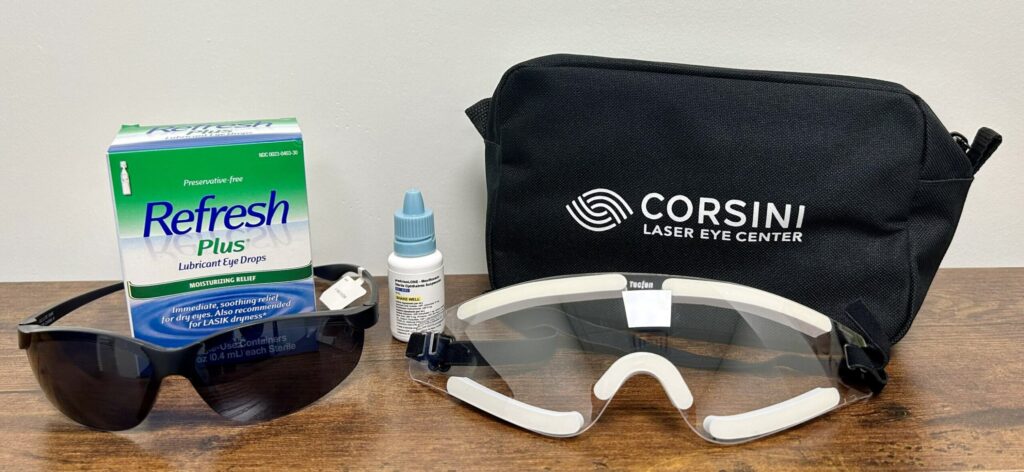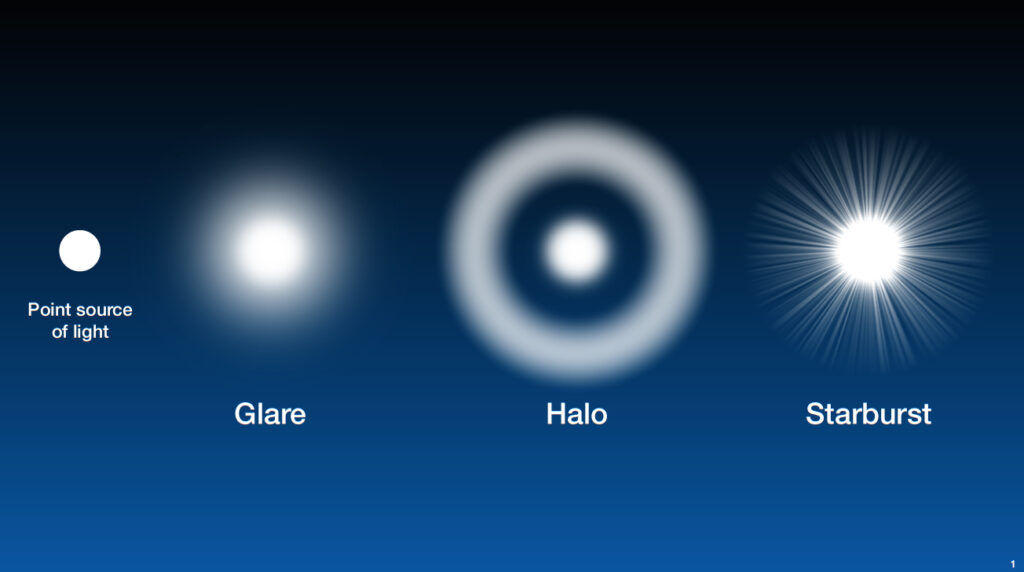How long does it take to recover from LASIK eye surgery?
This is an important question that patients want answered so they can make an informed decision about LASIK. Practically speaking, the bulk of recovery occurs in the first few days after surgery, with most patients enjoying functional vision (i.e., good enough to drive!) within twenty-four hours and returning to normal activities within a day or two. But the full answer is much more nuanced, as there are multiple aspects of recovery, including visual acuity, night vision, and dry eye.
Read our previous post – Does LASIK Hurt? – to learn how your eye feels during and after LASIK. (Spoiler alert: the surgery is painless, and most patients feel comfortable after a post-surgery nap). This article will focus on your visual recovery and answer the most common recovery questions: When can I drive, read, and exercise?
Let’s first break down the healing intervals into stages to appreciate the LASIK recovery process fully.
The first 24 hours: 75% healed
The greatest gains in vision and corneal healing occur in the first 24 hours after LASIK. When you arise after your fifteen-minute procedure, your uncorrected vision is already much better than before surgery. You’ll feel comfortable navigating the office and walking to your car, but you’ll still need a driver since your surroundings will look hazy, as if you are underwater. Plus, the pre-surgery Valium means you have to hand over your keys. But don’t worry! Most patients can drive to their follow-up appointment the very next day.
Rest is best during the first 24 hours after surgery. During this time, you should avoid screen time, reading, or any activity that could cause eye strain to give your eyes the best chance at an excellent outcome.
Your vision will progressively improve throughout the day as your eyes heal. You will also notice fluctuations in your vision. One moment, you’ll think, “I have supervision!” and the next, you’ll think, “My vision is junk!” This is expected and is related to dry eye. Your surgeon will recommend frequent application (every hour at first!) of lubricating drops to smooth out these visual fluctuations and hasten your healing.
When you awake the following day, you’ll put another round of lubricating and medicated drops in your eye. Then, after your brain fog clears, your vision will be close to 20/40, or legal driving vision. Your vision will continue to clear up, and by the time you see your surgeon later that day, you have a great chance of 20/20 vision or better.
The first week: 90% healed

Your vision will continue to improve throughout the first week, with moments of clarity lasting longer and moments of fuzziness lasting shorter. You’ll start easing back into screen time and reading but will take frequent breaks and stay on top of your lubricating drops. Most patients feel comfortable enough to dive back into a workday’s worth of computer use within a few days after surgery.
Your surgeon will discuss any activity restrictions with you at your follow-up appointments. Most patients can exercise the day after surgery, preferably with eye protection (sunglasses or wrap-around goggles). Your surgeon may recommend waiting 1-2 weeks before returning to swimming and contact sports. It’s important not to rub your eyes during this time to allow your flap to heal into place.
You may notice haloes, glare, or image doubling, especially when driving at night. These visual obscurations are common and will progressively diminish as your eyes heal. Most patients feel comfortable driving at night within a few days after surgery, if not sooner.
At your one-week follow-up appointment, your vision will be very close to its final landing spot, and you will have returned to nearly all your normal activities. Your eye may still feel dry on occasion, especially after prolonged screen time. Your surgeon will recommend applying artificial tears at least four times daily for the first month after surgery.
The first month: 99% healed

Haloes, glare, and dry eye all continue to improve during your first month after surgery. We all have some dry eye and visual obscurations, whether or not we’ve had LASIK. However, most patients return to pre-surgery levels within one month of LASIK. You will also settle into your final prescription during this time, which for 95% of patients is ZERO — as in, no need for contacts or glasses for distance viewing! If you are in your mid-forties or above, you may still need reading glasses for up-close work.
One to six months: 100% healed
Your cornea takes six months to heal after laser eye surgery, whether LASIK, SMILE, or PRK. This is why FDA studies use data from patients’ six-month follow-up visits to determine the safety and efficacy of laser eye treatments. Most patients do not need six months to reach their final endpoint, but a small percentage may have blurry vision, haloes, glare, or dry eye that takes the full half year before resolving. These symptoms are likely part of the normal recovery process. However, you should still discuss them with your surgeon during follow-up visits, as he or she may recommend additional therapies or treatments to improve your outcome.
Will I need glasses after LASIK?
This question deserves its own post! The short answer is that 95% of patients will not need distance glasses after surgery. 5% of patients, even after six months of recovery, will have a small refractive error in one or both eyes. Your surgeon will discuss your options, which include resuming contacts and glasses (a much smaller prescription than you had before surgery) or pursuing enhancement surgery.
When can I drive after LASIK?
Most patients can drive safely 24 hours after surgery. It may take a few more days to feel comfortable with night driving.
When can I exercise after LASIK?
Most patients can exercise one day after surgery. Your surgeon may recommend waiting 1-2 weeks before returning to swimming and contact sports.
When can I read after LASIK?
Most patients can ease into reading and screen time one day after surgery. You should take frequent breaks and apply lubricating drops to prevent your eyes from drying out.
Can you drive your wife to the hospital for her scheduled C-section the morning after LASIK?
Yes! Although, you should definitely clear this with your wife ahead of time. One of my patients did just that, except he had SMILE surgery, which heals similarly to LASIK. (Baby, mother, and father all did great). But you could allow an extra buffer day before embarking on life-defining commutes if you want to be on the conservative side.
Conclusion
LASIK surgery is truly a miracle of modern medicine, with many legally blind patients achieving better-than-perfect vision within a few days. LASIK has gifted clear vision more than 30 million times over, and its popularity is partly related to its speedy recovery. Your eyes will take six months to heal fully, but most healing happens in the first couple of days after surgery.
Nonetheless, LASIK is not a guarantee for perfect vision. Although the changes to your cornea are permanent, your eyes will still change as you grow older. Some patients may need to wear glasses or contact lenses years after surgery, and all patients will have some reliance on reading glasses later in life. With that in mind, it’s important to continue seeing your eye doctor for regular check-ups.
Thanks for reading!
Jonathan Corsini, MD


